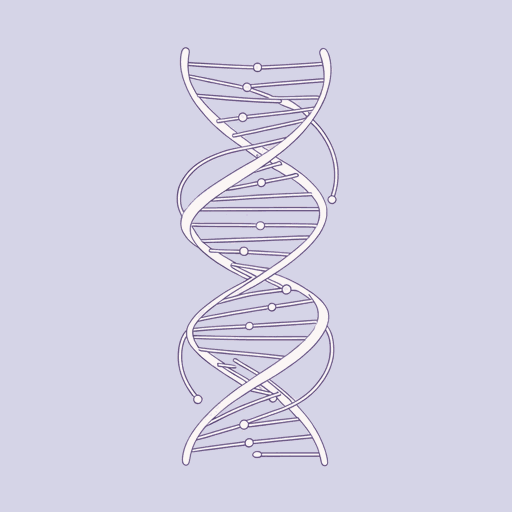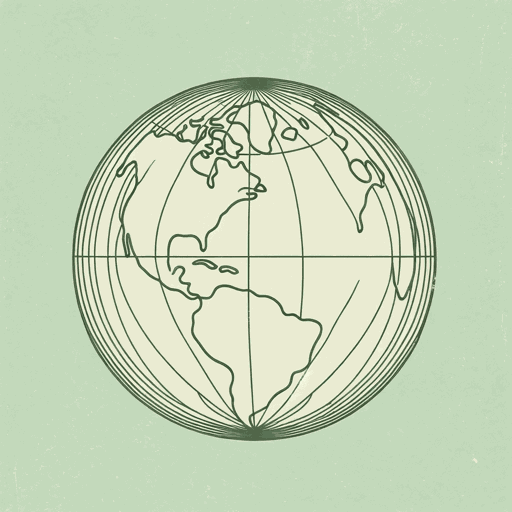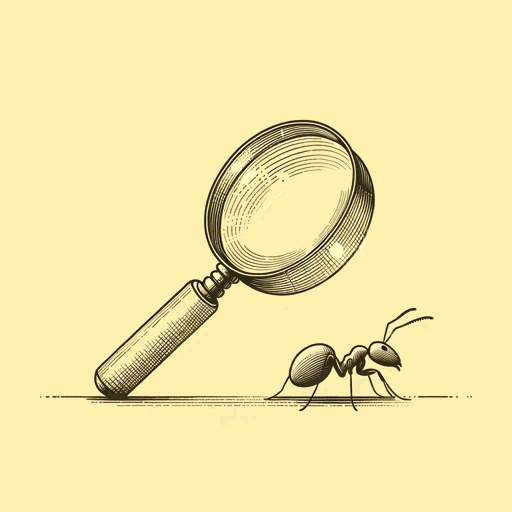43 pages • 1 hour read
Edward O. WilsonThe Future of Life
Nonfiction | Book | Adult | Published in 2001A modern alternative to SparkNotes and CliffsNotes, SuperSummary offers high-quality Study Guides with detailed chapter summaries and analysis of major themes, characters, and more.
Chapters 6-7Chapter Summaries & Analyses
Chapter 6 Summary: “For the Love of Life”
Wilson opens Chapter 6 asking what, in the face of the destruction of many other life forms, it means to be human, and what ethical obligations this role places on human beings. First, there is the moral value of the “living library” represented by other life forms. Like humans, other species are made up of genetic material that is immeasurably complex and adapted to their specific ecological niche. Second, there is the fact that all life shares the same genetic heritage, a common ancestor dating back 3.5 billion years. Finally, there is stewardship—the idea that human beings represent the mind of nature, the self-conscious manifestation of the biosphere, responsible for its conservation.
Wilson then asks if other species have inalienable rights. There are three possible responses, ranging from anthropocentrism, by which only humans have rights, through pathocentrism, in which some other species do, to biocentrism, in which all organisms have an intrinsic right to exist. Wilson notes that the root of the latter framework—biophilia, or the love of life—could be an instinctual appreciation for “novelty and diversity in other organisms” (134). Psychological research suggests this tendency starts to manifest between ages six and nine. Wilson notes that other research suggests that nature has a positive impact on well-being, supporting the idea that 







Related Titles
By Edward O. Wilson

Consilience
Edward O. Wilson

Half-Earth: Our Planet’s Fight for Life
Edward O. Wilson

Letters to a Young Scientist
Edward O. Wilson

On Human Nature
Edward O. Wilson

The Diversity of Life
Edward O. Wilson

The Meaning of Human Existence
Edward O. Wilson

The Social Conquest of Earth
Edward O. Wilson
